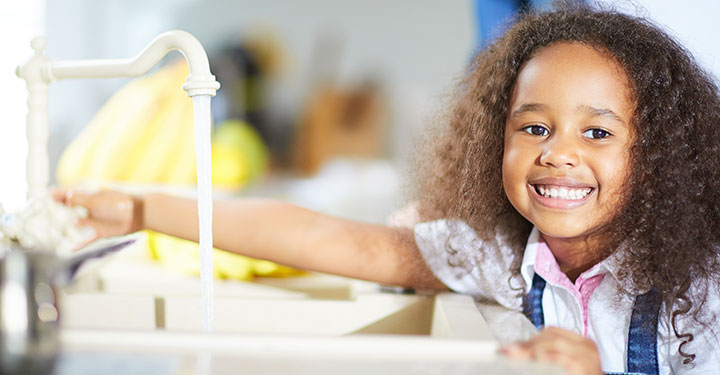



Hot Health Topic
The Impact of Loneliness on Our Health
Recently we’ve seen a surge in media headlines warning about the health risks associated with loneliness. The U.S. Surgeon General, Vivek Murthy, even declared loneliness as an American epidemic, describing it as having as deadly of a toll on one’s health as smoking (Office of Surgeon General, 2023). Many of us may not be used to thinking about loneliness as a disease or health ailment, but loneliness can have serious negative impacts on both our physical and mental health. Our relationship and interactions with loved ones and others contribute to our health. Yet, many individuals lack social connections; therefore, experience poor health and other negative outcomes (Office of Surgeon General, 2023). Social connection is essential to living a healthy life. Our brain has adapted to interacting with others and these connections are vital to meeting basic needs.
Research highlights the range of ways in which loneliness can negatively affect our mental health. For example, it can put you at higher risk for mental health problems, such as depression, anxiety, low self-esteem, and sleep issues. Preexisting mental health issues such as social anxiety, which can make it hard to engage in everyday activities involving other people may also put you at higher risk for experiencing loneliness. For many adolescents and adults in U.S., issues with social anxiety skyrocketed during the pandemic and many people are still struggling to return to their previous lives, including social behaviors.
Loneliness can also affect our physical health issues. Evidence suggests that loneliness may be linked to high levels of inflammation, cardiovascular diseases (e.g., heart disease and stroke), and dementia (Center for Disease Control and Prevention, 2023). It can also lead to weight gain and sleep deprivation. The bottom line is loneliness puts more stress on your body, making you more susceptible to disease and infection.
So, what can we do to combat loneliness and protect our health?
There are many ways you can respond to or mitigate the impact of loneliness on our lives including:
- Routinely check in on your own feelings and acknowledge feelings of loneliness.
- Reach out to friends and family (even just a simple text!).
- Make new connections through things like volunteering or joining a club.
- Take breaks from technology, social media, and the online world.
- Try meditiation to lessen the impact of loneliness and learn self-compassion.
- Practice self-care, including exercise, a healthy diet, good sleep hygiene habits and make sure to get outside every day.
References
1. Office of the Surgeon. Our Epidemic of Loneliness and Isolation: The U.S. Surgeon General’s Advisory on the Health Effects of Social Connection and Community. 2023. Washington, DC.
2. Center for Disease Control and Prevention (2023, March 30). How Does Social Connectedness Affect Health? Retrieved August 16, 2023

Environmental Justice Corner
The 'Forever Chemical' in My Drinking Water

Statistics consistently demonstrate that water contamination across the U.S. disproportionately impacts vulnerable communities of color and/or low-income communities (Liddie et al., 2023). In thousands of communities across the United States, drinking water is contaminated with per- and polyfluoroalkyl (pronounced “PER” and “PAUL-ee-floor-oh-AL-kill) chemicals. Water from both public and private water systems has been inconsistently monitored by states and the federal government. As a result, “forever chemicals” (known as PFAS) from environmental contaminations have affected millions.
PFAS are highly desirable for use due to their effect on oil and water repellency, friction reduction, and temperature resistance. These chemicals have been widely used for decades, and extensive research is being conducted now to determine where these chemicals exist in our environment and their effect on human health. Yet, atmospheric chemist Susan Solomon has suggested that “successfully addressing environmental challenges like PFAS contamination requires making the problem personal, perceptible, and practical. The voices of affected individuals in contaminated communities make the PFAS issue personal, while the scientists researching the associations with human health make the impacts of PFAS exposure perceptible” (National Academies of Sciences, Engineering, and Medicine, 2022).
It is estimated that almost 100% of the U.S. population is exposed to at least one PFAS substance, which includes people exposed in occupational settings (e.g., firefighters, chemical manufacturer, aerospace, automotive, construction, and electronics workers to name a few). Other PFAS products are found in homes (e.g., cleaning solutions, body care products like shampoo, dental floss, toilet paper, tampons, and pads, etc.), and contaminated sites impacting water, soil, and food.
From a practical perspective, you can do the following to remain vigilant:
Advocacy Point 1: Discuss with your healthcare provider your concern about being exposed to levels of PFAS contamination.
Known environmental exposures to PFAS include living in a community with PFAS-contaminated drinking water, living near industries that use them, and consuming fish and game from areas with known or potential contamination. If you have been exposed to elevated levels of PFAS, ask your healthcare provider about PFAS testing and have the provider explain the benefits and harms, and health impact of PFAS.
Advocacy Point 2: Learn strategies for reducing exposure to elevated levels of PFAS.
People exposed to elevated PFAS in their drinking water can filter their water to reduce exposure. Visit the NSF International (an independent organization that develops public health standards for products) to find filters that reduce the PFAS in drinking water. Individuals who cannot filter their water can use another source of water for drinking (e.g., bottled water).
If you are exposed occupationally, talk with your employer’s occupational safety and health department or an occupational safety and health professional to determine feasible ways to reduce your exposure.
If you live in an area with known PFAS contamination and believe PFAS is present in fish, wildlife, meat, and dairy products, ask your healthcare provider about any local consumption advisories.
You can learn more about PFAS from the NIH National Institute of Environmental Health Sciences (NIEHS), U.S. Environmental Protection Agency (EPA), the Agency for Toxic Substances and Disease Registry (ATSDR), and the Pediatric Environmental Health Specialty Units (PEHSUs).
Advocacy Point 3: Understand the health outcomes associated with elevated PFAS exposure.
The risk of developing disorders and diseases from being exposed to elevated levels of PFAS can differ from person to person. Health outcomes associated with elevated and long-term exposure to PFAS include:
- Low autoimmune response (in adults and children).
- High cholesterol (in adults and children).
- Decreased fetal and infant development.
- Increased risk of kidney, breast, and testicular cancer (in adults).
- Increased risk for liver disease (in adults and children).
- Increased risk for pregnancy-induced hypertension (gestational hypertension and preeclampsia).
- Thyroid dysfunction and disease (in adults).
- Increased risk for ulcerative colitis (in adults).
References:
- Liddie, J.M., Schaider, L.A., & Sunderland, E.M. (2023). Sociodemographic Factors Are Associated with the Abundance of PFAS Sources and Detection in U.S. Community Water Systems, Environmental Science & Technology, 57(21), 7902-7912.
- National Academies of Sciences, Engineering, and Medicine. 2022. Guidance on PFAS Exposure, Testing, and Clinical Follow-Up. Washington, DC: The National Academies Press.

Nutrition Corner
Lunch Salad
Serves 6
Serving Size: 1¼ cups
Prep Time: 25 minutes-1 hour (based on choices)
Cook Time: (depends on grain selected)
Total Time: 25 minutes-1 hour 30 minutes (based on choices)
This is called Lunch Salad because it makes a great lunch. There are multiple variations, but the basic premise is whole grain – bean – vegetable – and a protein (chicken, tuna or more beans). Other ways to vary this dish would be to add fruit in place of some of the vegetables.
Ingredients
Choose 2 cups whole grain:
- Brown rice
- Quinoa
- Bulgur
Choose 1 cup beans:
- Garbanzo beans
- Pinto beans
- Black eyed peas
- White beans
Choose 3 cups of chopped vegetables (a combination or just one):
- Carrots
- Cucumbers
- Summer squash
- Green peppers
- Celery
- Onion
- Napa cabbage
- Broccoli
- Cauliflower
Choose a Protein:
- 6 ounces of grilled chicken
- 1 (5 ounce) can of tuna
- 1 cup of beans (additional)
- 3 ounces of nuts (about ½ cup of almonds or ⅔ cup of peanuts)
Dressing:
- 6 tablespoons olive oil
- 6 tablespoons balsamic vinegar
- Mix your selections with olive oil and balsamic vinegar (or vinegar of your choice).
- Place in 6 individual containers. You are ready for a week (almost) of lunches.
Nutrition Information per Serving
(Based on quinoa, garbanzo beans, carrots, celery, broccoli, and chicken)
- Serving Size: 1¼ cups
- Vegetables: ¾ cup
- Fruits: 0 cups
- Calories: 225 calories
- Carbohydrates: 19 grams
- Fiber: 4 grams
- Protein: 4 grams
- Fat: 15 grams
- Sodium: 76 mg
Source: MED Instead of MEDS

The Reading Nook
Summer 2023 Featured Book Selection
Combining cutting-edge neuroscience with the latest discoveries on the human microbiome, this book is a practical guide in the tradition of The Second Brain and The Good Gut, which demonstrates the inextricable, biological link between the mind and the digestive system.
We have all experienced the connection between our mind and our gut—the decision we made because it “felt right,” the butterflies in our stomach before a big meeting, and the anxious stomach rumbling we get when we’re stressed out. While the dialogue between the gut and the brain has been recognized by ancient healing traditions, including Ayurvedic and Chinese medicine, Western medicine has, by and large, failed to appreciate the complexity of how the brain, gut, and more recently, the gut microbiota—the microorganisms that live inside our digestive tract—communicate with one another. In The Mind-Gut Connection, Dr. Emeran Mayer, professor of medicine and executive director of the UCLA Center for Neurobiology of Stress, offers a revolutionary and provocative look at this developing science, teaching us how to harness the power of the mind-gut connection to take charge of our health and listen to the innate wisdom of our bodies.

The Mind-Gut Connection: How the Hidden Conversation Within Our Bodies Impacts Our Mood, Our Choices, and Our Overall Health
Author: Emeran Mayer
Summary: The Mind-Gut Connection describes:
- Why consuming a predominantly plant-based diet is key for gut and brain health.
- The importance of early childhood in gut-brain development, and what parents can do to help their children thrive.
- The role of excessive stress and anxiety in gastrointestinal ailments and cognitive disorders.
- How to “listen to your gut” and pay attention to the signals your body is sending you and much more.

Recenter, Refocus, Recharge
Benefits of Mindfulness - Taking Charge of Your Mental Health
During the COVID-19 pandemic, the prevalence of mental health conditions, such as anxiety and depression, increased by 25%, according to the World Health Organization2. Among these cases, young people and women were most affected by mental health conditions. Causes for this increase may be linked to feelings of loneliness, fear, and grief from losing loved ones or financial worries. During this time, mental health awareness and treatment methods became more prominent world-wide. An effective treatment that increases participants mental wellbeing is mindfulness.
Mindfulness therapy is a meditation technique, set to achieve positive emotions and create a state of calmness. Best known for being a least complex form of treatment to reduce stress, this technique is a perfect way to effectively train attention and channel emotions. This form of treatment is also simple and non-restrictive due to:
- No required clinical degree for training,
- Versatile Teaching Style - This activity can be done outside medical settings (ex. community center, school, or park)3.
Beyond this technique's efficiency, mindfulness therapy is effective. This technique has helped to improve sleep, lower blood pressure, and reduce anxiety or stress. According to researchers1, this meditation therapy increased cognitive function and the ability to process information, improving learning skills and allowing for more creative thinking. Mindfulness meditation has also helped to increase self-awareness, which promotes stress regulation and healthier habits. Mindfulness is easy to achieve but requires time and practice because it is training for the mind and body.
Some tips you can use to begin your mindfulness journey and track your emotions are:
- Walking Outdoors – Try paying attention to your surroundings (sights and sounds) while on a stroll. Focusing your attention on other things may keep unwanted thoughts and worries from entering your mind and help you stay in the present. The benefits of this exercise include sharpening your attention span, reducing anxiety, and improving your overall physical health.
- Breathing Exercises – Slowly inhale through the nose and hold for 2 counts, then slowly exhale through the mouth. This can be repeated at your discretion. Benefits from this exercise include breath control and improved skills in stress regulation.
- Mindful Eating – Taking slow deliberate bites, addressing the textures and tastes of each bite may help you feel full faster and regulate your food intake. This method can also increase your ability to listen to your body and better accommodate its needs.
- Checking in with Friends or Loved Ones – Reaching out to family and friends through text, video messaging, or handwritten notes may help reduce feelings of loneliness, increase mental wellbeing through mutual support, and provide a continuous state of connection.
- Self-care Journaling – Documenting emotions on a scheduled basis may help prioritize any concerns or negative feelings, recognize triggers, and may also improve and provide a safe outlet to express repressed thoughts.
- If you have trouble starting a journal, write about things that make you happy, and goals you have set for yourself to be a better you. For more structured journaling, investigate How to Use Journaling as a Coping Tool.
- Winding Down Before Bedtime – Surprisingly, using electronics (such as phones, tablets, computers, and television) before bed can negatively affect your sleep quality. Before heading to bed, try reducing your screentime by creating a sleep schedule and putting away devices. This process should be done 30 minutes to an hour before bed. During this free time, you can unwind by performing self-care activities.
- Examples of self-care activities include:
- Eating a light snack or drinking bedtime tea
- Performing breathing and stretching exercises
- Reading or Journaling
- Taking a warm bath or applying facial masks
- Examples of self-care activities include:
- For a demonstration on mindfulness, watch our Mindfulness: Matters of the Heart video in our Strive to Thrive Series.
References:
1. Amutio, A., Martínez-Taboada, C., Hermosilla, D., & Delgado, L. C. (2015). Enhancing relaxation states and positive emotions in physicians through a mindfulness training program: A one-year study. Psychology, Health & Medicine, 20(6), 720–731. Retrieved from Taylor & Francis Online
2. Brunier, A. & Drysdale, C. (2022). COVID-19 pandemic triggers 25% increase in prevalence of anxiety and depression worldwide. World Health Organization. Retrieved from World Health Organization
3. Hoge, E.A., Bui, E., Mete, M., Dutton, M.A., Baker, A.W., & Simon, N.M. (2023) Mindfulness-based stress reduction vs escitalopram for the treatment of adults with anxiety disorders: A randomized clinical trial. JAMA Psychiatry. 80(1):13–21. Retrieved from JAMA Network

Multimedia Showcase
Featured Podcast
Featured Podcast
Vaccine Confidence: A Call to Action to Create Change in Communities of Color Series
We listened, and we heard your request to tell you the truth about the COVID‐19 vaccine. Listen to our podcast series to learn the truth and gain valuable information about the vaccine and what we can do.
The WHA podcast series was directly informed by the WHA Vaccine Confidence study conducted in 2021. This study examined public opinion, concerns, and beliefs around the COVID-19 vaccine and immunizations within the Black community of North Carolina. Experts from the medical, education and faith-based communities shared their perspectives on various COVID-19 related issues and concerns identified by women during the study. Get more information on the Vaccine Confidence Study.

Sister to Sister: Share Your Story
Share Your Story for Our 10th Anniversary
The 10th anniversary of the Women’s Health Awareness conference is approaching. As we celebrate this special milestone, we would love to hear and share your experiences and stories of how WHA has positively impacted your life! Sharing a story about your personal WHA experiences can provide encouragement and support to others.
Make a difference in the life of another sister by sharing your WHA experience and story. Send us your testimonials. Tell us about screenings that helped you identify any health issues. Share your thoughts on what WHA means to you and to the community or share a congratulatory message to WHA from yourself or a group of Sista’s! Flash back over the years of WHA and share your stories, pictures, or video clips. Entries will be shared in the WHA Over the Years segment for the 2024 conference as well as in future WHA newsletters. Submit your story here by December 1 and you will be entered into a raffle drawing.
Email WHA or call 919-541-3852 if you have any questions.

Let's Stay in Touch











